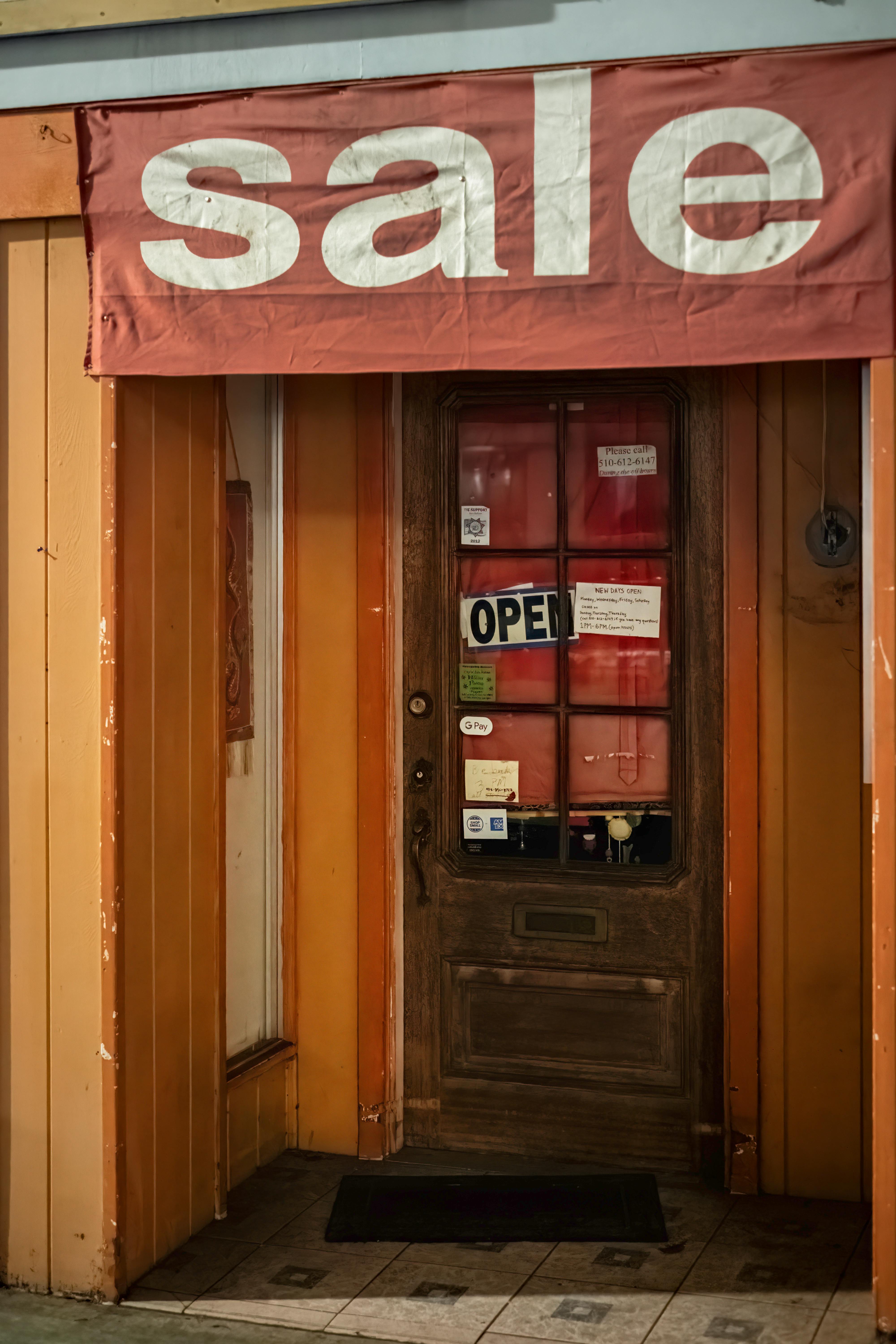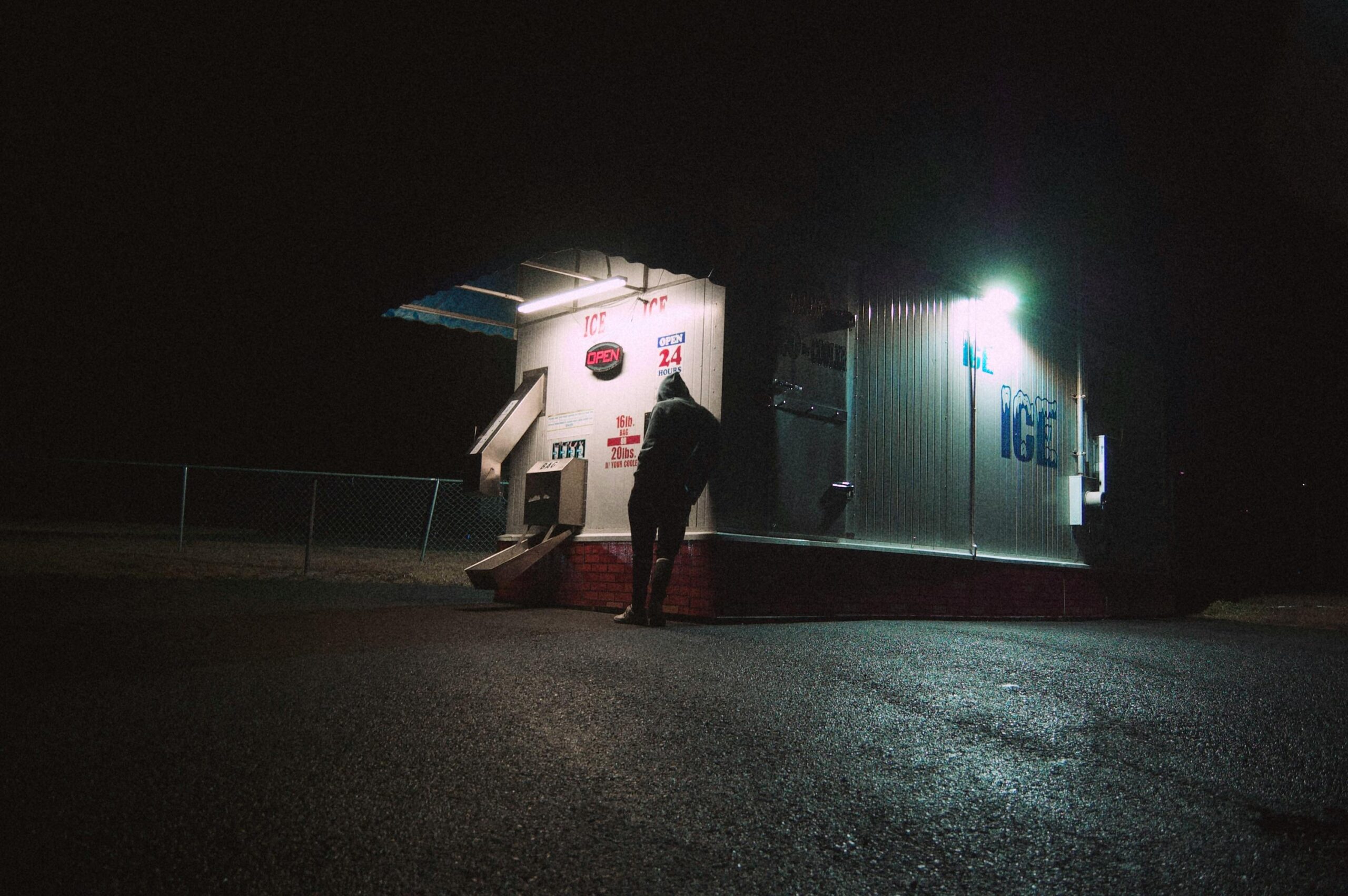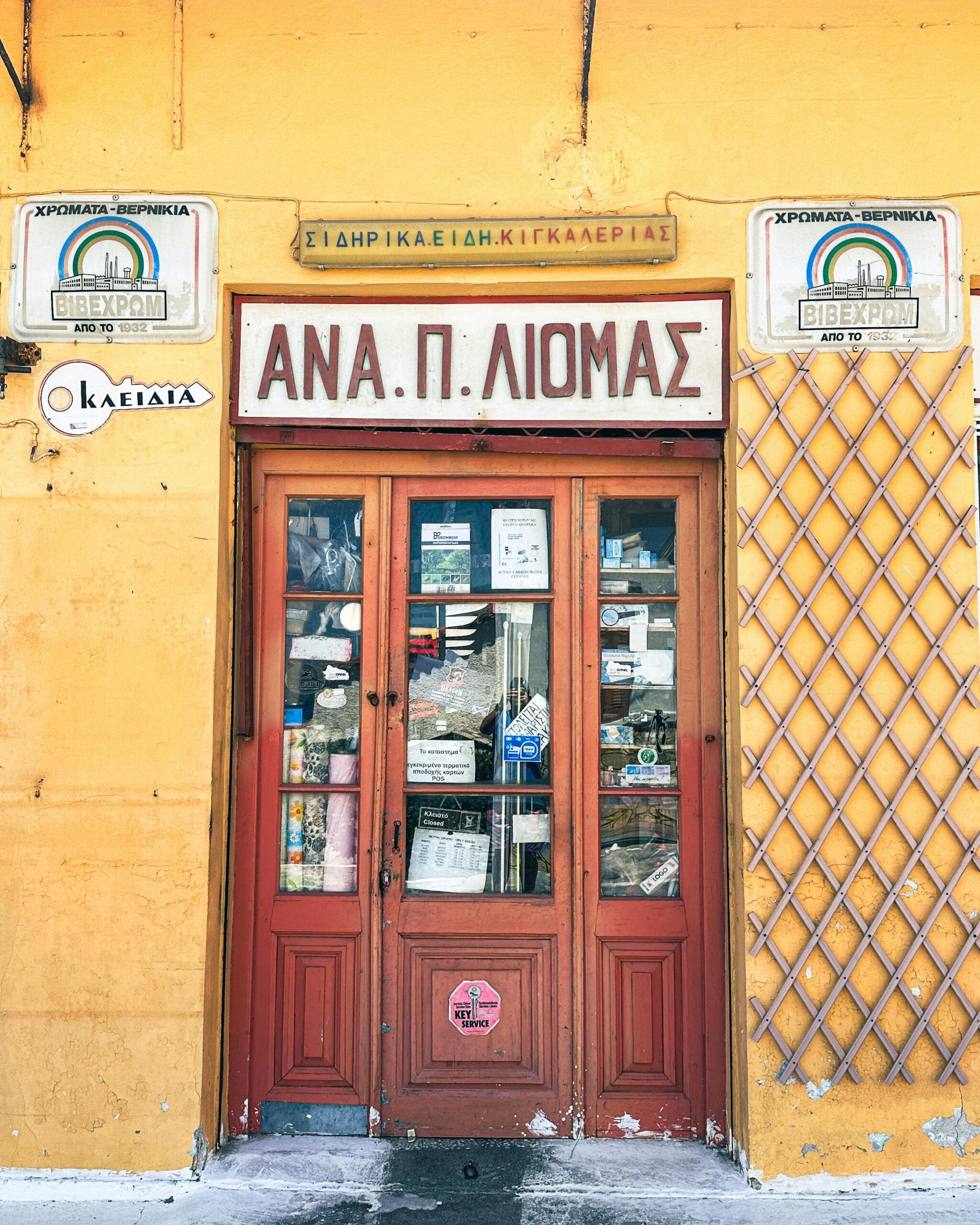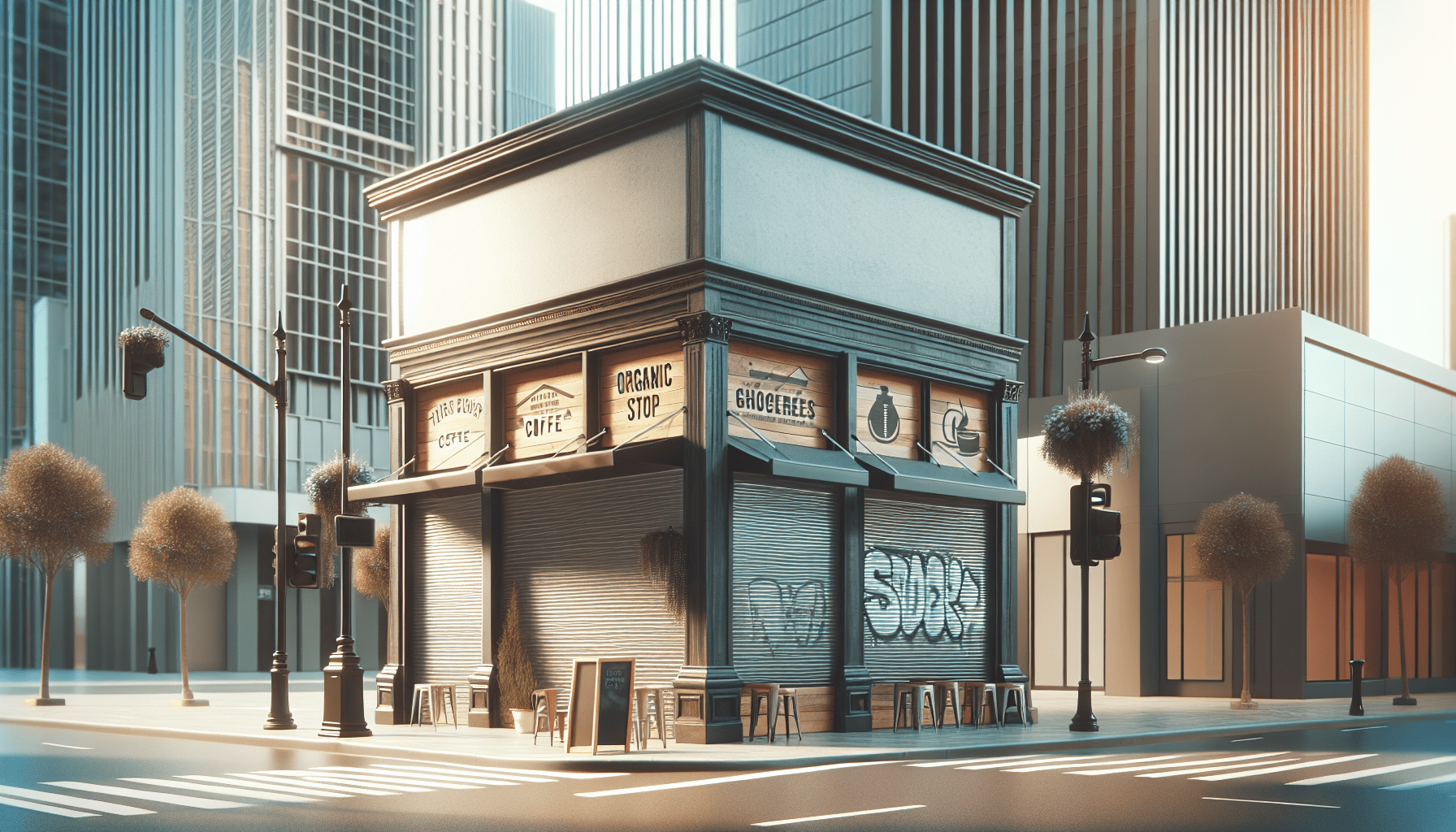Downtown San Francisco, once bustling with activity and commerce, is witnessing a surprising trend—major retailers like Starbucks and Whole Foods are closing their doors. You might be wondering what’s driving these closures. This article delves into the complex factors at play, from a surge in remote work reducing foot traffic to challenges with rising operational costs and safety concerns. Join us as we uncover the nuanced reasons why these iconic stores are saying goodbye to this vibrant part of the city.
Why Starbucks, Whole Foods, and Others Are Closing Stores in Downtown San Francisco
Have you ever wondered why some of your favorite stores, like Starbucks and Whole Foods, are closing their doors in downtown San Francisco? It’s a question that has piqued the curiosity of many. San Francisco, known for its vibrant city life and cultural diversity, seems like the ideal location for major retail chains. So, what’s causing this sudden shift?
In this article, we’ll delve into the various reasons behind these closures, dissect the downtown phenomenon, and explore the multifaceted challenges these businesses are facing.
The Retail Landscape of Downtown San Francisco
Downtown San Francisco has long been a commercial hub teeming with tourists, professionals, and residents. It’s a place where you would expect retail businesses to thrive. However, the situation is more complex than it appears on the surface.
Increasing Crime Rates
Unfortunately, one of the primary drivers for these closures is the increasing crime rate. Retail stores have reported a surge in incidents, ranging from shoplifting to vandalism. This not only increases operational costs but also creates an unsafe environment for both employees and customers.
Rising Operational Costs
Operating a business in downtown San Francisco isn’t cheap. The cost of real estate, utilities, and labor have all been on the rise. For large chains like Starbucks and Whole Foods, these increasing costs can erode profit margins significantly.
Homelessness Crisis
San Francisco has been grappling with a severe homelessness crisis for years. The presence of homeless individuals near retail establishments can deter customers. It’s a sensitive issue that impacts the foot traffic needed for these stores to remain viable.
The Economic Impact of Store Closures
Store closures in downtown San Francisco have a broader economic impact. It’s not just about a company deciding to shut down a few locations; it’s about the ripple effects that extend to the community at large.
Loss of Jobs
When stores close, employees lose their jobs. This can have a detrimental effect on local unemployment rates and can be particularly devastating for those who have limited employment opportunities.
Reduced Tax Revenue
Retail stores contribute to the city’s revenue through various taxes. When these stores close, the city loses a significant amount of tax income, which can impact public services and infrastructure maintenance.
Reduced Foot Traffic
Retail closures lead to reduced foot traffic in downtown areas, which can impact other businesses that rely on a bustling city environment to attract customers. This can create a domino effect, leading to more closures and economic decline.
Effects on Real Estate
Commercial real estate values are heavily influenced by the success of retail businesses. A spate of closures can lead to declining property values, creating challenges for property owners and potential investors.

The COVID-19 Pandemic and Its Aftermath
The COVID-19 pandemic played a significant role in exacerbating the issues leading to store closures. Even as restrictions ease and life begins to return to normal, the lasting effects of the pandemic are still felt keenly.
Shift to Online Shopping
During the pandemic, consumers turned to online shopping in record numbers. Even though physical stores have reopened, many people have permanently changed their shopping habits. This shift has significantly impacted brick-and-mortar stores’ revenues.
Remote Work Culture
Another consequence of the pandemic is the shift towards remote work. With fewer people commuting to downtown offices, the customer base for these retail stores has dwindled. Less foot traffic means fewer sales, making it challenging to justify keeping downtown stores open.
The Role of City Policies
City policies can either help mitigate or worsen these challenges. In San Francisco’s case, certain policies have not worked in favor of retail businesses.
Stringent Regulations
San Francisco is known for its stringent regulations and permitting processes. While these are designed to protect various interests, they also add layers of complexity and cost for businesses trying to operate in the city.
Minimum Wage Increases
While increasing the minimum wage is important for ensuring a decent standard of living, it also increases operational costs for businesses. For large chains with numerous employees, these wage hikes can significantly impact profitability.
Insufficient Support for Businesses
While some cities offer substantial support and incentives to retain businesses, many feel San Francisco has not done enough. Comprehensive support can include things like tax breaks, grants, and streamlined processes for obtaining permits and licenses. Lack of adequate support makes it harder for businesses to sustain their operations.

Customer Behavior and Retail Experience
Changing customer behavior is an often overlooked factor in the closure of retail stores. Let’s look at how consumer expectations and experiences interplay with these business decisions.
Demand for Convenience
Today’s customers prioritize convenience. With options like same-day delivery and curbside pickup becoming the norm, brick-and-mortar stores have to go the extra mile to provide similar levels of convenience. Failing to adapt can drive customers away.
Experience Over Products
Customers today are looking for immersive experiences when they visit a store, be it interactive displays or personalized service. Without the ability to offer these unique experiences, many stores struggle to attract and retain customers.
Loyalty and Trust Issues
High-profile incidents of crime or unsanitary conditions can erode customer trust and loyalty. For instance, if a customer experiences shoplifting or feels unsafe, they’re less likely to return, impacting long-term revenue.
Case Studies: Starbucks and Whole Foods
To get a clearer picture, let’s focus on specific examples like Starbucks and Whole Foods.
Starbucks
Starbucks has been a staple in many communities, offering a ‘third place’ between home and work. Despite this, the coffee giant has decided to close several locations in downtown San Francisco. The reasons include the aforementioned challenges: rising crime rates, increasing operational costs, and changing consumer habits.
Whole Foods
Whole Foods, another major player, has also shut down its downtown locations. Known for its organic and high-quality products, it faced similar issues: homelessness affecting the store environment, increased theft, and changing shopping preferences driven by the pandemic.
Comparing Impact on Both Brands
| Factor | Starbucks | Whole Foods |
|---|---|---|
| Crime Rates | High Impact | High Impact |
| Operational Costs | Increased | Increased |
| Consumer Behavior | Shift to Convenience | Shift to Online Shopping |
| Brand Experience | Deteriorating Due to Unsafe Atmosphere | Affected by Homelessness Issues |
Both brands have faced multiple overlapping challenges, leading them to the tough decision of closing their downtown stores.

Possible Solutions and Future Outlook
While these closures reflect current challenges, there are potential solutions and a way forward.
Improving Safety Measures
One of the most urgent needs is improving safety and reducing crime. Increased police presence, better lighting, and community programs can make a significant difference.
City and Business Collaboration
A collaborative effort between the city and businesses can offer solutions. Subsidies, tax breaks, and a more streamlined regulatory process can alleviate some financial pressures on businesses.
Adapting to Consumer Preferences
Businesses need to adapt to changing consumer preferences. Incorporating technology for a seamless shopping experience, offering more delivery options, and enhancing in-store experiences can help attract and retain customers.
Long-Term Community Investment
Investing in the community is essential for long-term gains. Addressing homelessness through shelters and social services, improving public infrastructure, and fostering a community-centric approach will benefit both residents and businesses.
Final Thoughts
So, why are Starbucks, Whole Foods, and other stores shutting down in downtown San Francisco? It’s a complex mix of rising operational costs, increasing crime rates, the lingering impacts of the COVID-19 pandemic, and changing consumer behavior.
Understanding these factors paints a clearer picture of the challenges at hand. By focusing on collaborative efforts and adapting to new consumer trends, there’s hope for revitalizing downtown San Francisco and making it a thriving commercial hub once again.
Hopefully, this article has shed light on the pressing issues causing these store closures and provided some insights into potential solutions. If you frequent any of these outlets, your awareness and support can also play a role in their journey towards sustainability. Together, we can look forward to a more vibrant and secure downtown environment. After all, every challenge presents an opportunity for change and improvement.

